Top Flooring Choices for Easy Maintenance in Rentals

Over time, a rental property is bound to experience some wear and tear. One of the most common areas to look worn first, understandably, is the floors. So, when you want to repair or replace the flooring in your rental, it pays to do your research to ensure you have floors that will last. With this in mind, we've put together a few options for durable, high-quality floors that look great, will provide a better return on investment and boost your rental revenue.
Flooring Options for Rental Properties
Luxury Vinyl Tiles
Luxury Vinyl Tiles and Planks, or LVT, is a fantastic option for rental properties because it provides an authentic look of real wood, stone or ceramic tiles but without the maintenance that comes with the real deal. Karndean flooring is one of the most popular options that provides extremely high levels of durability and wear-resistance, making it perfect for rentals. It's aesthetically pleasing and can be used in various rooms of the property, from kitchens and bathrooms to living rooms, making it easy for landlords to upgrade the whole house with a flooring solution that will last.
Carpets
Carpet is a great addition to any property to enhance warmth and comfort, and there are so many colours, patterns and styles to choose from for customisation. The ease of carpet tiles in terms of installation and maintenance make them a popular choice for rental properties, but of course there's also carpet rolls which may work out more cost effective for larger rooms. Carpets, coupled with a thick underlay, are perfect for adding a cosy feel to rental properties, reducing noise and for reducing heating costs in the winter.
Hardwood Floors
There's no denying that hardwood floors are beautiful and add a classic charm to any home. If you're upgrading a high-end rental and want to add a luxe, aesthetic appeal or boost the value of a property, hardwood floors are the perfect choice. However, they're also one of the most expensive flooring options on the market so consider how they tie into your budget and expected rental yield. In terms of maintenance, hardwood planks are easy to maintain because scratches and scuffs can be restored easily, and stains and varnishes make them water-resistant.
Laminate
Laminate is widely considered to be the most affordable option for flooring and so many landlords choose it for kitchens and bathrooms because it's easy to clean and cheap to install. Laminate comes in a wide variety of colours and patterns, so it's great for customisability, but it also offers the added benefit of being able to be installed on top of existing floors. This makes it quick to install and reduces labour costs. If you're on a tight budget for your renovations, laminate can be a great solution but bear in mind that it's not as easy to repair should it become water damaged or stained.
Important Considerations When Choosing Flooring
As with any property upgrade, there are several factors to consider when making the decision on which floors you're going to install.
Property Type: The style of property plays a key role in which flooring material you choose. A modern home might suit vinyl flooring while for a traditional period property, carpet or classic hardwood floors can be a great fit. Also consider the layout. If it's a flat, and there are people living below, consider noise-dampening materials like carpet which will make for a more pleasant living environment for everyone.
Room Type: Where you're intending to install your new floors is an important factor, as some materials are better suited to certain rooms than others. LVT, for example, is a great fit for kitchens or bathrooms, while hardwood floors shouldn't be installed in rooms where there's a lot of moisture because they can warp or become rotten. If you're replacing the floors in the whole property, it may be the case that you need to choose different materials for each room to ensure that the floors last and don't wear out prematurely.
Tenants: The people you intend to rent to can also influence the flooring you choose. If you're renting out for families or to tenants with pets, for example, an easy to maintain floor like scratch-resistant laminate or vinyl is a practical choice.
Budget: As a landlord, keeping expenses low without compromising on quality is a difficult balancing act. You don't necessarily want to choose the cheapest option as this is unlikely to last, but likewise you don't want to spend more than necessary. Striking the right balance by choosing a durable, easy to maintain floor is the most cost-effective option.
Colour: When trying to opt for neutrality and pleasing a wide group of prospective tenants, or when attempting to create a more luxe-looking property, many landlords opt for beige or cream-coloured carpets. But this can be counter-productive, especially if you're renting to families with young children or tenants with pets, as they can stain easily and look drab much sooner. Instead, consider who you're renting to and how that might impact the colour of flooring you choose. A darker colour like charcoal, espresso or navy will look its best for much longer because it will hide marks and stains.
Selecting flooring for your rental property doesn't have to be a daunting task. Whether you're targeting executive tenants and seeking premium products or aiming for cost-effective options while maintaining a polished look, there are options on the market to furnish your rental property in style. The secret to successful rental flooring lies in making well-informed decisions from the outset and ensuring a seamless installation. With the right choice and professional installation, your flooring will endure, creating a delightful living environment for tenants for years to come.
Recently extended and refurbished and close to Ashtead Park for sale May 2025. For the full listing please click here.
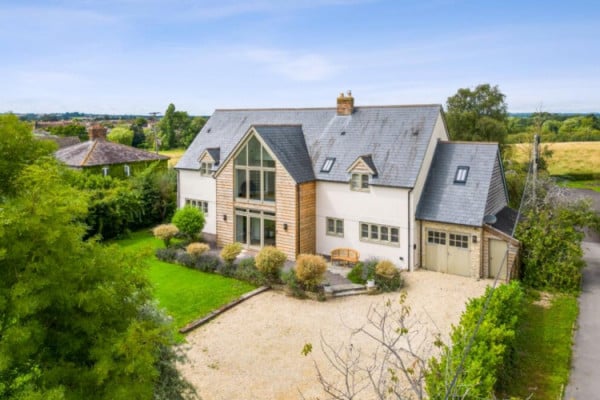
Why Stay in the PRS? A DIY Landlord’s Guide to Riding the Market Wisely
30.10.2025If you're a landlord feeling under pressure from new legislation, rising costs, or uncertainty around mortgage rates, then you're not alone. But before you hang up your keys, take a breath. The Private Rented Sector (PRS) is still a viable-and profitable-place to be. Here’s why some landlords are choosing to stay, what the data says about yields and mortgage pressures, and how DIY landlords can make it work.
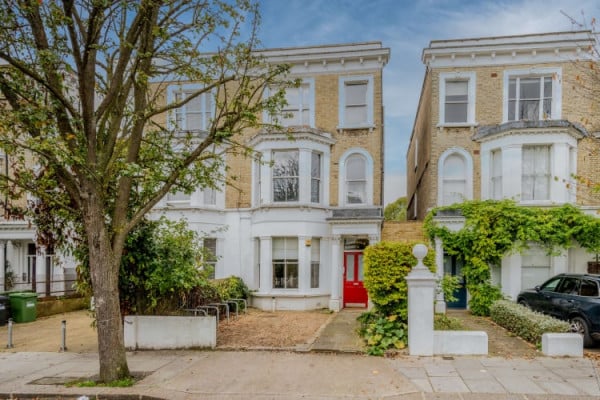
The Renters’ Rights Act: What Landlords Need to Know Now
30.10.2025The Renters’ Rights Bill is now law; and landlords need to be ready. From the end of Section 21 evictions to tougher property standards and new compliance rules, the changes are significant. If you're a landlord or thinking about selling a tenanted property, this is your heads-up to get ahead of the curve. Read our updated guide to learn what’s coming and what you can do now.
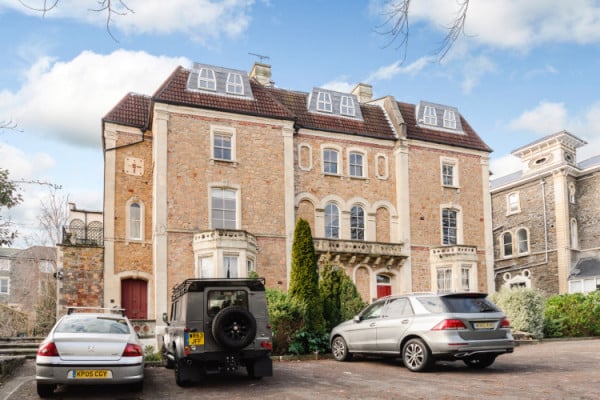
Making Tax Digital: What Landlords Need to Know in 2025
01.10.2025HMRC recovered a record £107 million from landlords in 2024/25 - a stark warning for those behind on tax compliance. With Making Tax Digital (for Income Tax) landing in April 2026, now’s the time to get your digital books in order. This guide explains who’ll be affected, what you’ll need to do, and how to claim every allowable expense without overstepping legal lines.
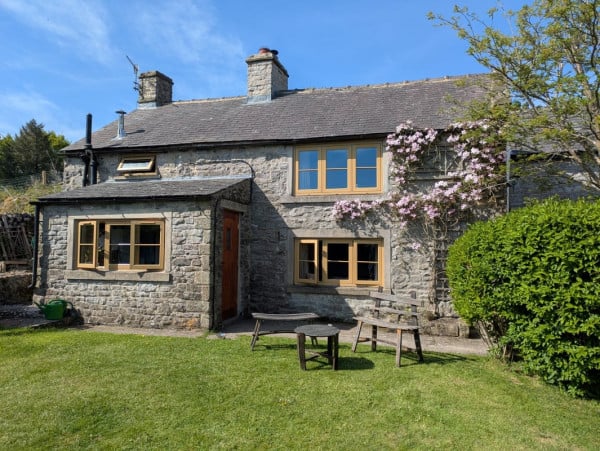
Is Your EICR Due? A 2025 Reminder for DIY Landlords
25.06.2025If you're a landlord who arranged your first Electrical Installation Condition Report (EICR) back in 2020, it's time to check your calendar-your five-year renewal is likely due. Failing to renew could lead to hefty fines and put your tenants at risk. This guide breaks down what you need to know, how to stay compliant, and why acting early can save you stress and money.
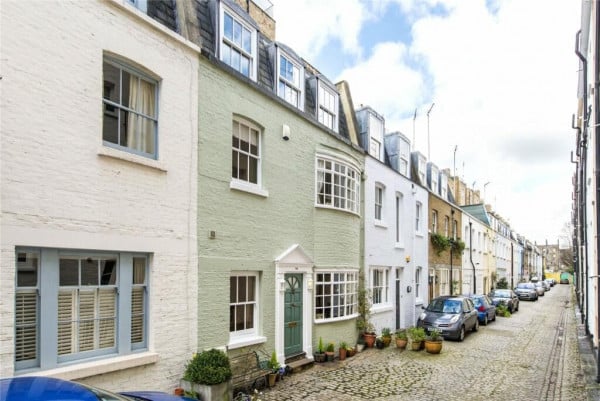
How to Extend Your Lease in 2025: A Seller and Landlord Guide
20.05.2025A short lease can knock thousands off your property's value or scare off potential buyers. The good news? Extending your lease just got simpler under new 2024 legislation. Whether you're selling or letting, this guide explains how to take control and boost your property's appeal – without hiring a traditional agent.
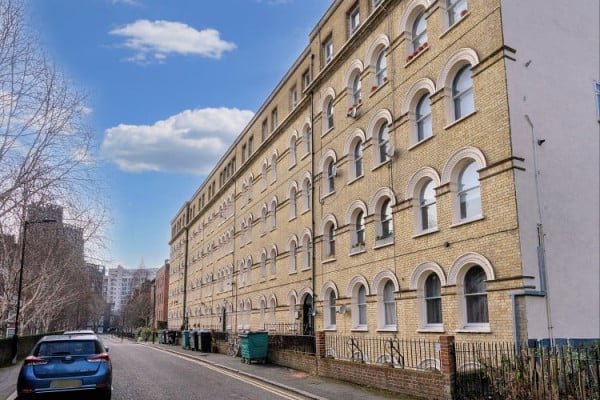
A Landlord’s Guide to Compliance: Navigating Your Legal Responsibilities Without an Agent
31.03.2025For landlords using Emoov's self-marketing platform, the flexibility and control of managing your own rental property come with a significant responsibility: full legal compliance. Without a letting agent to assist, you must ensure your property meets all regulatory requirements. Failing to do so can result in substantial fines or even legal action. This guide covers the key areas of landlord compliance, equipping you with the knowledge to avoid costly mistakes and maintain a legally sound rental property.









